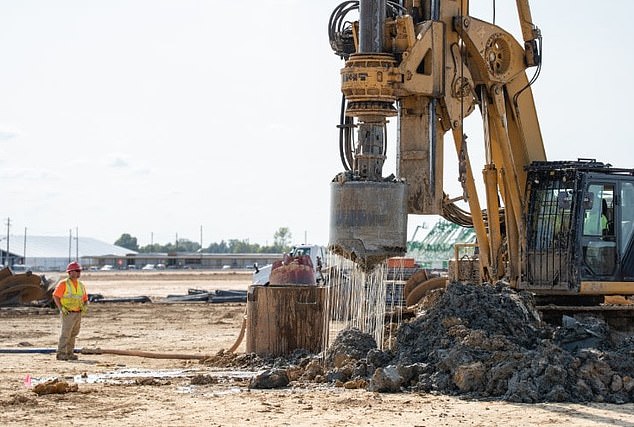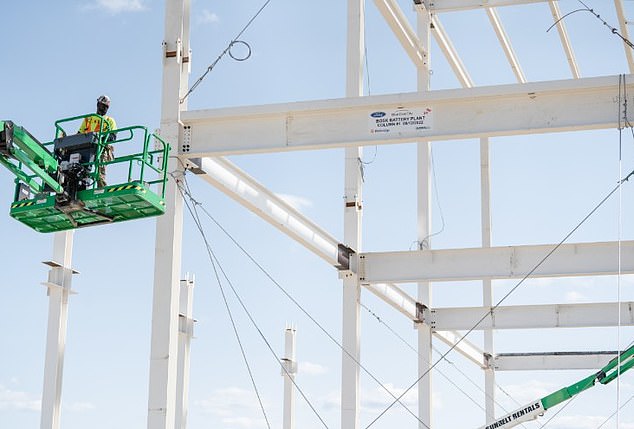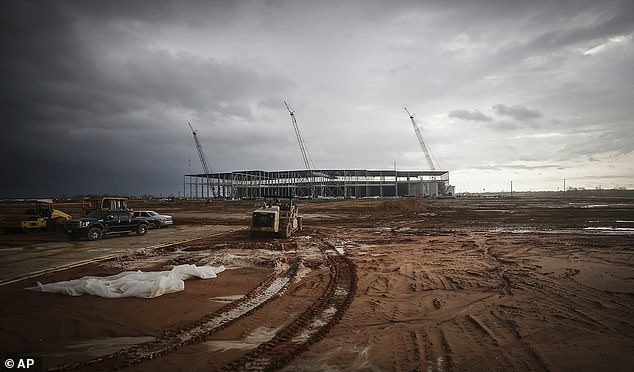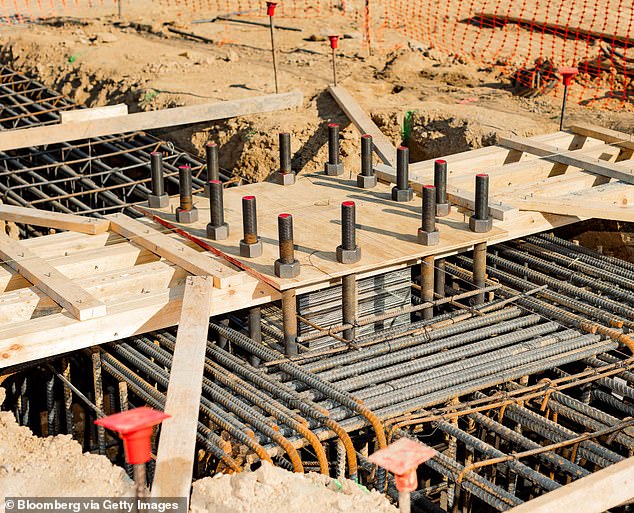The Battery Belt: How $50bn from electric car manufacturers is transforming the rural South
Buried in rural Tennessee, the town of Stanton is home to just 400 residents. It is half a square mile in size and features little more than a barbecue restaurant, a Dollar General store and two cemeteries.
But in less than two years, this small town will see 6,000 workers flock to its compound — multiplying its population by 15 — thanks to the establishment of a 3,600-acre Ford Motor facility dedicated to electric vehicle production.
“It’s hugely overwhelming, just all that needs to be done.” Stanton Mayor Allan Sterbinsky recently told the newspaper Wall Street Journal.
Stanton is certainly not alone. The American electric car revolution has a host of automakers pouring billions of dollars into new plants — and their eyes on the rural South.
Since 2018, companies in the US have announced more than $110 billion in EV-related investments. About half of that amount is deposited exclusively in the Southern states, according to data from Automotive Research, a Michigan-based nonprofit.
America’s electric car revolution has many automakers pouring billions of dollars into new plants — and their eyes are on the rural South
Ford called its Stanton site — dubbed “BlueOval City” — the “most advanced automotive manufacturing complex in the company’s 119-year history.”
Other manufacturers’ factories are also being set up in Georgia and Kentucky, with some sites expected to be as large as 60 football fields.
It comes as companies race to keep pace with President Joe Biden’s ambitions to make two-thirds of new vehicle sales electric by 2032. He also plans to build a network of 500,000 chargers across the country.
Experts say the focus on the Southern states reflects Detroit, Michigan’s boom years in the early part of the 20th century, when it became central to the growth of the auto industry.
In May 2022, Hyundai Motor announced plans to build an EV assembly plant and battery plant on a 3,000 acre parcel on sand ridges near the eastern edge of Georgia.
The $5.5 billion complex will bring 8,100 jobs to the area.
The interest of car manufacturers in the South should come as no surprise, as local governments and technical institutes have been working for decades to attract the industry.
Among them is Scott McMurray, deputy commissioner for Georgia Quick Start, a program that will manage an employee training center near the Hyundai plant.
He told the WJ: ‘If the facility is ready to go into full production on day one, they will have fully trained staff at the same time.’

Ford called its Stanton site — which it has dubbed BlueOval City — its “most advanced automotive manufacturing complex in the company’s 119-year history.” In the photo: an electric pick-up from Ford

Stanton will see 6,000 workers come to its site – multiplying the population by 15 – when the Ford site is built in 2025

Since 2018, companies in the US have announced more than $110 billion in EV-related investments

Local governments and technical institutes in the South have been working for decades to attract industry. Pictured: Blue Oval City in Stanton, Tennessee
In addition, the Southern states typically benefit from lower energy costs due to shale drilling and greater investment in renewables.
Data from the U.S. Energy Information Administration shows that Tennessee has an industrial electricity price of 8.29 cents per kilowatt hour, while Georgia’s is 7.01 cents.
This, too, makes it attractive to EV manufacturers, as the energy consumption of the battery factories is up to five times that of a traditional factory, the report said. WJ.
But turning such rural areas into industrial havens is no easy feat – and officials face enormous complexities.
In Stanton, for example, the area must not only build homes for 6,000 new employees, but also strengthen the local school network for their families. The area is even considering establishing a police force for the first time.
Currently, the city’s law enforcement is overseen by the county sheriff.

Southern states typically benefit from lower energy costs due to shale drilling and greater investment in renewables. Pictured: Blue Oval City in Stanton, Tennessee

Stanton must now build homes for 6,000 new employees, but also strengthen its local network of schools for their families. The area is even considering establishing a police force for the first time. In the photo: Blue oval city
The developments come as consumers seem hesitant to invest in electric vehicles.
Historically, they’ve been too expensive for the average consumer, but a host of federal initiatives have caused their costs to plummet.
Ten U.S. electric vehicle models qualify for a $7,500 federal tax credit, while another seven qualify for a $3,750 credit.
However, a recent DailyMail.com poll found that such initiatives are failing.
Only 29 percent of those surveys said the tax breaks had any impact on whether they would buy one. About 43 percent said it didn’t influence their decision at all — and another 15 percent said it made them less likely to consider the purchase.
In addition, only households earning more than $150,000 seemed to be seriously considering the investment.
